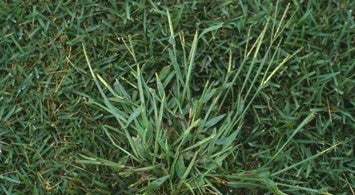
Springtime is here. The trees are budding, turf grasses are greening up, and the Forsythia has begun to flower. If crabgrass seeds are present in your lawn – and they probably are – the countdown to germination is about three to four weeks away. Now is the time to take steps to prevent that pesky summer annual from creeping in. But first, a little crabgrass 101.
Merriam-Webster defines crabgrass as a thick type of grass that often grows and spreads quickly in places where it is not wanted. The first known use of the word was in 1743, but common usage really didn’t ramp up until the mid-20th century when homeowners began to take greater interest in the appearance of their homesteads. Introduction to North America occurred in 1849 through the U.S. Patent Office’s efforts as a potential forage crop. Crabgrass seeds have a high protein percentage and are edible. The seeds can be toasted and ground into flour, which is useful for making porridge or fermented to make beer. Crabgrass cultivation is common in Europe, and in Poland, crabgrass grains are known as the Polish Millet.
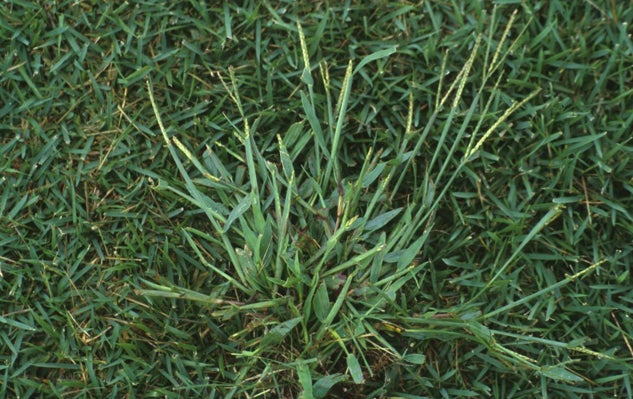
Crabgrass thrives in sunlight, high temperatures and in times of low rainfall/drought. During these conditions, crabgrass will out-compete cool-season grasses. Crabgrass germinates in spring, grows throughout the summer, and dies off with the first hard frost. A tremendous amount of seed (as much as 150,000 from a single weed) is generated from mid to late summer, which ensures next year’s crop of weeds. The two types of crabgrass that are prevalent in North America are: Digitaria sanguinalis (hairy, large, or purple crabgrass), and Digitaria ischaemum (small or smooth crabgrass). The species of most concern to homeowners, golf courses, recreational areas such as soccer fields, and gardeners is the Digitaria ischaemum. Control of this nuisance grass is best accomplished through a combination of Cultural and Chemical efforts.
Cultural Control
Healthy, dense turf is the best line of defense against crabgrass as well as a variety of other weeds. This begins with selecting the right grass species for your area, then continues on with regular mowing at the recommended height, overseeding, and judicious fertilization and irrigation. Grasses fall into two categories for cool and warm season regions. To determine your region, generally a line can be drawn horizontally through the United States. For those in the transition zone which extends about 1/8 of the continent on either side of the line, a blend of cool and warm season grasses may be best. Generally, the blend that works best in the transition zone will have a greater percentage of cool season grasses.
COMPARISON: Read our review of the Lawn Care Tips: Soil Testing
In the cool season region, a blend of Rye, Fescue, and Bluegrass is common. Turf from this mix responds well at a cut height of 2-1/2” to 3”, tolerates medium to heavy traffic, is compatible with most soils in the 6.0 to 7.0 pH range, and yields good results with partial to full sun. For warm season regions, grasses such as St. Augustine, Zoysia, Centipede, Bermuda, and Bahia work well. Some such as St. Augustine are difficult to mass produce as seed and so are usually planted using plugs, sod or sprigs. Because of the lower pH common in warm regions, sandy conditions, and marshy (fresh and salt) exposures, it is ever more important that the right grass is chosen for this region.
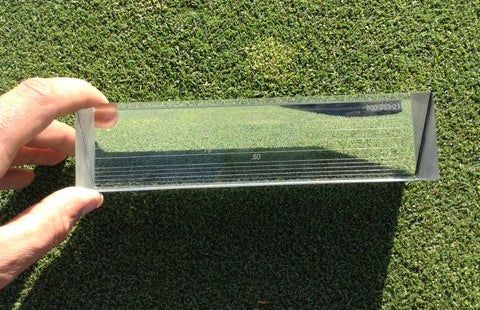 |
Turf also has a shelf life so to speak – it can become tired and fatigued, suffer extremes of wear, and be exposed to wide ranges of heat, cool, drought, and over-average rainfall. A good way to keep your lawn at its healthiest peak is to overseed. We generally recommend doing this in the fall where it is also the perfect time to aerate and apply additives that may be lacking such as lime. Additives, though, should only be introduced as needed. The best way to determine this is through a soil test which often can be done at little or no cost through your local agricultural testing station or university program.
Fertilization, which is also an additive, should be done only as needed. A good rule of thumb is that if you only fertilize once a year, it should be done in the fall. Fall fertilization helps build stronger, deeper roots for the winter and is an important step to realizing a thick, green lawn the following spring.
COMPARISON: Read our review of the Broadleaf Weed Control
It should be no surprise watering is a critical ingredient to that thick, healthy lawn. But how much water does a lawn need? The answer is generally 1” of water per week. To keep track of how much water is going into your lawn (natural and man-aided watering), a simple rain gauge can be helpful.
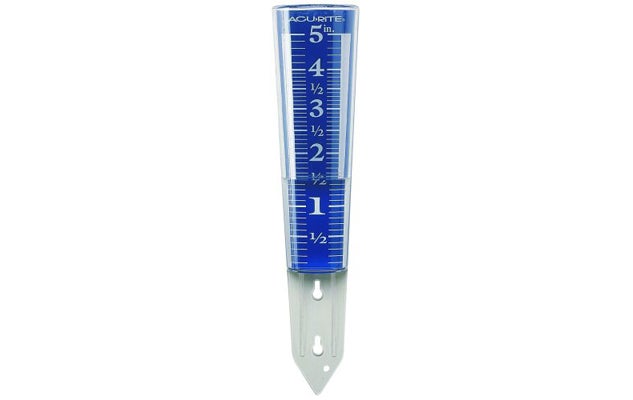
Chemical Control
So you’ve chosen the correct turf species for your geographic location, mow regularly at the correct height, overseed each fall, apply the right fertilizer, ensure the lawn hydration requirements are met, and you still end up with crabgrass. More than likely, this happens in areas where there is excessive sun exposure and especially after that summer heat takes over. This is where the application of a pre-emergent is effective. But the timing of the application is paramount to achieving those desired results.
Crabgrass seed begins to germinate when the soil reaches a temperature of 55-60F at a depth of 1-2” for several days in a row. This is generally about two weeks after the Forsythia blooms drop. For a pre-emergent to work, it must be in place before the germination cycle begins. Most home and garden experts agree that the best time to apply a pre-emergent is when the soil temp is 50-55F, which is usually when Forsythia is in full bloom. But don’t jump the gun and apply the pre-emergent too early either, as the barrier it provides can breakdown and lead to crabgrass germination later in the summer.
COMPARISON: Read our review of the Fall Lawn Care Tips
To combat crabgrass germination, manufacturers use a number of different chemicals. Benefin is the active ingredient in Balan and Team/Team Pro, Dithiopyr in Dimension, Meijer and Spectracide Crabgrass, Pendimethalin in Scott’s Weedgrass and Lesco Pre-M, Prodiamine in Barricade and Vigoro, Bensulide in Bensumec and Pre-San, and Oryzalin in Surflan and Weed Impede. It is important to note that all of the above will prevent grass seed from germinating, so you cannot expect good results if starting a new lawn or patching areas where a pre-emergent has been applied. If timing is such that new seed has to be planted when a dose of pre-emergent is indicated, then product containing Tupersan (Siduron) can be used. There are quite a few limitations as to what types of grasses this urea-based product works with, so read the manufacturer directions carefully before making a purchase.
Post-Emergence Control
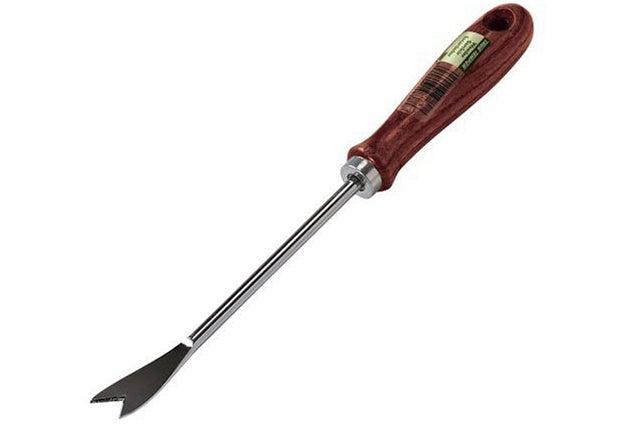
What to do if an application of pre-emergent is missed or delayed and crabgrass appears? If the amount of crabgrass is limited to a small area or in spots, they can be pulled out by hand or by using a forked weeding tool. If the areas are larger, then post-emergents such as ones containing Metharsenate (MSMA) can be used. Typically this requires two to three applications spaced seven to 10 days apart. Normal, healthy grass exposed will discolor, though. Dimension, Spectracide, and Preen (as well as other manufacturers) make products that can be effective, but chemicals such as Fenoxyprop (Acclaim Extra and Last Call) are reserved for licensed professionals only.
Wrap Up
Pay attention to the cultural controls detailed above and you’ll not only minimize crabgrass infestation, but you’ll enjoy a lush, greener, and even healthier lawn. And for maximum results, keep your eye on the Forsythia blooms.
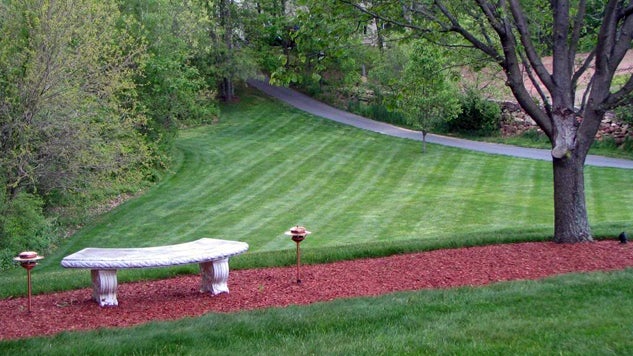
 Your Privacy Choices
Your Privacy Choices